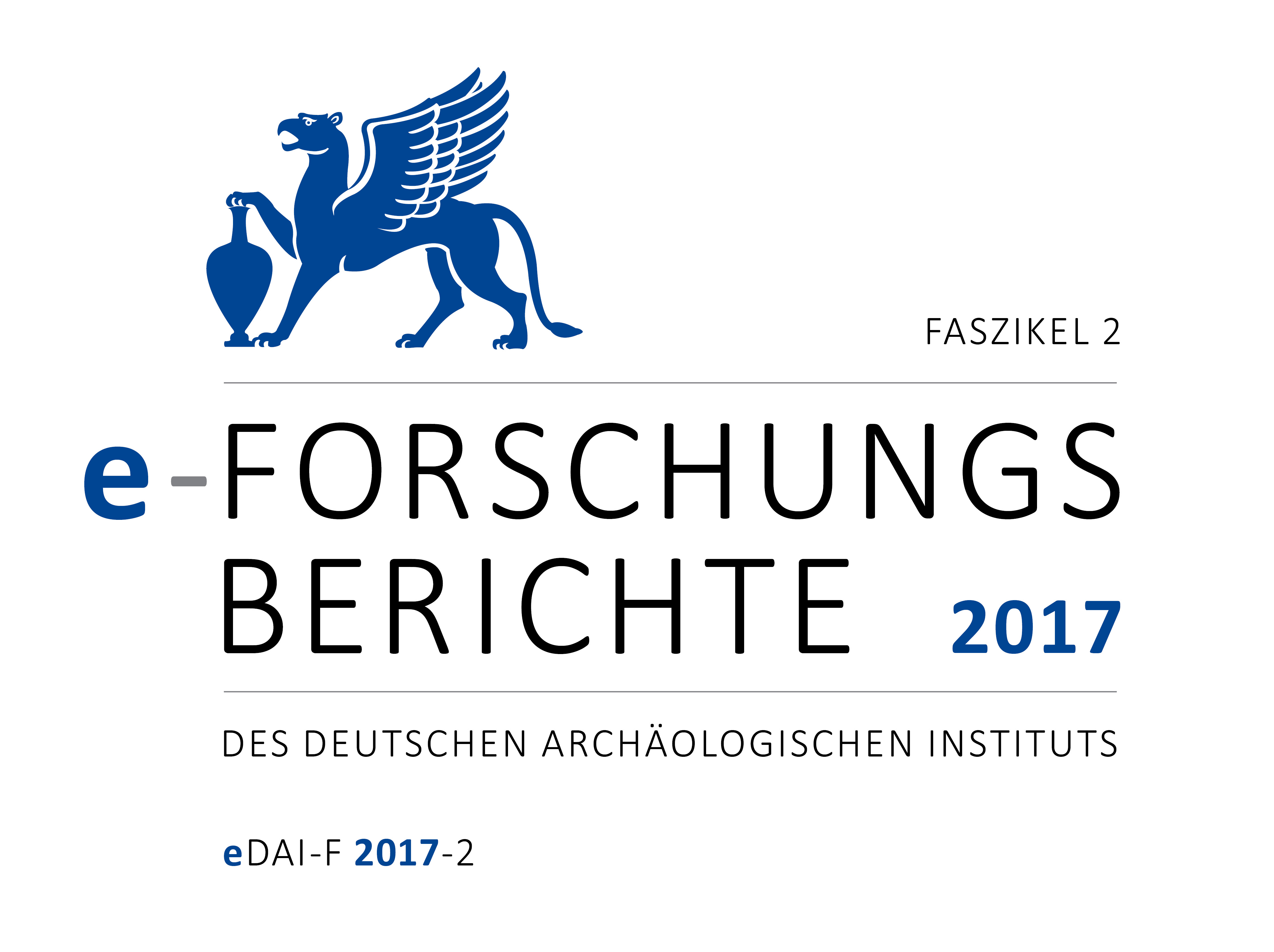Nördliche Badia, Jordanien. Die Besiedlung der nördlichen Badia im Spätchalkolithikum und der Frühbronzezeit (4.– 3. Jt. v. Chr.). Ein Beitrag zur archäologischen Siedlungsgeographie in ariden Regionen Vorderasiens. Die Arbeiten des Jahres 2016
https://doi.org/10.34780/laj6-ba3f
Abstract
Within the framework of the research project “The colonization of the Northern Badia (NE Jordan) in the Late Chalcolithic and Early Bronze Age (4th to 3rd millennium BC): a contribution to archaeological settlement geography in the arid regions of Southwest Asia”, a second season of archaeological fieldwork was carried out in the basalt desert of NE Jordan in the spring of 2016. After unsuccessfully attempting to reach the hillfort site of Khirbet Abu al-Husayn on the eastern edge of the basalt desert, due to heavily flooded sections of the approach route, the hillfort site of Khirbet al-Ja’bariya was chosen as an alternative for a survey and small-scale excavations. During the fieldwork, all visible structural features at Khirbet al-Ja’bariya, which consisted of a fortification wall, dwelling structures and garden terraces, were identified and documented. Small-scale excavations conducted in two of the dwelling structures produced charcoal remains from fire places, which have yielded 14C dates placing the occupation of the structures into the second half of the 5th millennium BC (the Late Chalcolithic). Khirbet al-Ja’bariya is therefore the oldest known hillfort site in the region to date.





